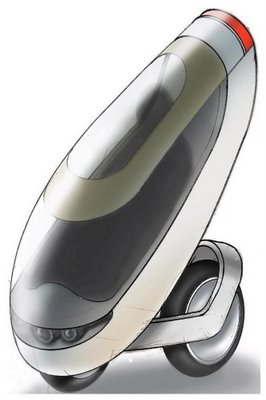In Montreal for Worldcon
Submitted by brad on Fri, 2009-08-07 09:09I'm in Montreal for the next 5 days for the World Science Fiction convention. I already did 3 panels on Thursday, one more on Nanotech to do on Sunday. Great crowd of people here. Then it's back to Burning Man preparation. Due to an error we got terrible placement in the city this year but I'm working on it.
Shortly I will post new thoughts on the nature of consciousness I had after talking to Peter Watts. Watts is the author of the novel Blindsight which I highly recommend.





 I recently met Chris Tacklind, who has a design-stage startup called
I recently met Chris Tacklind, who has a design-stage startup called  We want low current plugs to be small, and heavy current plugs to be big. I suggest a triangular pin shape, something like what is shown here. In this design, two main pins can only go in one way. The lower triangle is an optional ground -- but see notes on grounding below.
We want low current plugs to be small, and heavy current plugs to be big. I suggest a triangular pin shape, something like what is shown here. In this design, two main pins can only go in one way. The lower triangle is an optional ground -- but see notes on grounding below.